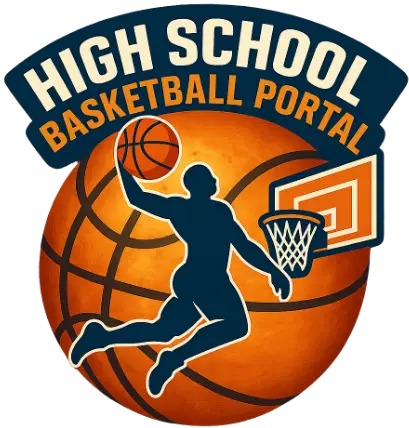Most players dream of being heavily recruited by the time they’re juniors. But not everyone gets the spotlight early—and not everyone needs it to win. Jordan B.’s journey proves that persistence, academics, and intentional exposure can turn any underdog into a legit college prospect.
This is a basketball recruiting success story you won’t forget.
The Underrated Guard Nobody Saw Coming
At 5’11”, Jordan B. didn’t exactly have the build that screams “Division 1.” A junior guard out of a small public high school in North Carolina, he averaged 7.8 points and 2.4 assists per game as a sophomore. Solid, but not spectacular. Coaches weren’t calling. Recruiting services weren’t posting. He didn’t even have a Hudl highlight reel until late in his junior year.
But here’s what made him different: Jordan believed.
“I knew I wasn’t the fastest or the flashiest,” he says, “but I knew I had work ethic. I just needed the right eyes to see it.”
The Turnaround Starts with GPA and Grit
While many players focused only on stats and mixtapes, Jordan doubled down on two key areas: his grades and his grind.
- GPA: 3.9 weighted, 3.6 unweighted
- SAT: 1260
- Class Rank: Top 10%
His strong academics immediately opened the door to D2 and D3 schools that prioritize student-athletes with academic potential. At the same time, Jordan worked daily on his game. He added 10 pounds of muscle in the offseason and drastically improved his lateral quickness. By his senior year, he was averaging 14.6 points, 4.3 assists, and 2.1 steals per game—and serving as team captain.
Exposure Done Right: The Recruiting Checklist That Worked
Jordan didn’t wait for exposure. He made it happen.
Here’s the simplified version of what he did—every step taken from a recruiting checklist that works:
✅ Created a strong player profile with updated stats, academic info, and training history
✅ Uploaded three highlight videos to Hudl and YouTube
✅ Personally emailed 50+ college coaches with a short, respectful message and direct links to his highlights
✅ Attended two regional showcases (one in Charlotte, one in Atlanta) to get seen live
✅ Asked his high school coach and AAU trainer for honest feedback and referrals
✅ Stayed active on social media, sharing game footage, training clips, and motivational updates
✅ Maintained all communication with coaches himself—never through a parent
“I didn’t want someone else talking for me. Coaches respect players who take ownership.”
The Offer: How Jordan Landed a Spot at a D2 Program
In early March of his senior year, Jordan received his first official offer—from a Division II school in South Carolina known for its academic support and fast-paced style of play. Within a month, he had three additional offers from D3 programs in the region.
He chose the D2 program—not because it was the biggest name, but because it felt like the best fit.
“They believed in me. They liked how I played defense, how I led. They said I reminded them of a past player who went on to be team captain.”
What Jordan Wants Every Player to Know
Jordan’s advice for other underdog basketball players trying to go from “unknown” to “recruited”:
“Don’t wait to be discovered. Be proactive, and don’t make excuses. Control what you can—your effort, your attitude, your academics. And be honest with yourself about your level. That’s how you grow.”
Lessons from Jordan B.’s D2 Basketball Journey
Jordan’s journey offers powerful takeaways for any high school athlete:
- Academics matter. Coaches notice GPAs and SAT scores, especially at D2 and D3 schools.
- Exposure must be earned. You need to put yourself in front of coaches—through emails, showcases, and videos.
- Grit is everything. Jordan’s stats improved, but his leadership, effort, and consistency were what coaches really noticed.
- You don’t need a ranking to get recruited. You just need the right people to see the right version of you.
Final Word: Your Story Starts Now
Whether you’re on varsity, JV, or riding the bench, your basketball recruiting success story is still being written. Like Jordan B., you can go from overlooked to recruited if you build the right habits and take the right steps.
This isn’t just a player spotlight—it’s a call to action for every underdog basketball player who’s willing to bet on themselves.

